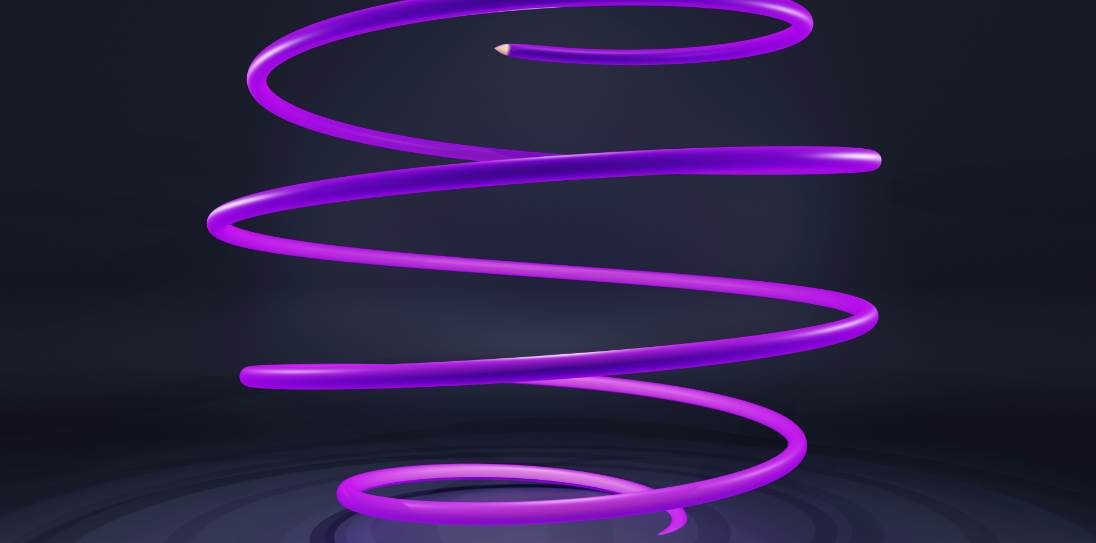The realm of AI generative art has recently garnered significant attention for its innovative approach to creativity, blurring the lines between human and machine-generated aesthetics. This burgeoning field utilizes complex algorithms and machine learning techniques to create art, animations, and designs that are often indistinguishable from those crafted by human hands. As AI continues to evolve, its applications in various industries, particularly in terms of AI-powered business transformation, show promise not only for artists but also for enterprises seeking to leverage these technologies for enhanced efficiency and creativity. .
The journey of AI generative art began with a fascination for computational creativity. Artists and technologists collaborated to harness algorithms capable of generating unique pieces of art based on various inputs. Generative adversarial networks (GANs), a subset of machine learning, stand at the forefront of this movement. By pitting one neural network against another, GANs facilitate the creation of visually striking images and animations absent any direct human input. .
As industries increasingly recognize the potential of AI generative art, the applications span far beyond aesthetic undertakings. Brands are utilizing generative art to create captivating marketing materials, logos, and advertising campaigns that resonate with their target audiences. The versatility of generative art allows companies to produce distinct visuals tailored to their brand identities, yielding a fresh approach to maintaining relevance in increasingly competitive markets. .
Moreover, AI generative art has emerged as a critical tool in AI-powered business transformation strategies. Companies are integrating AI art technologies into their operational frameworks to streamline design processes and enhance creative collaboration. AI tools can analyze vast amounts of data to better understand consumer preferences, helping businesses to tailor their outputs more effectively. By incorporating generative art into product design or packaging, businesses can reduce the time spent on iterations and revisions, ultimately accelerating their go-to-market strategies. .
AI-powered business transformation signifies a shift in how organizations utilize technology to enhance operational efficiency and maximize creativity. In an era where digital presence is paramount, the ability to adapt quickly through innovative designs becomes vital to maintaining competitive advantage. AI generative art empowers organizations to explore new creative avenues that were once considered time-consuming or impractical. By automating routine tasks and enabling data-driven decisions, companies can focus on high-level strategic initiatives rather than mundane processes. .
An area of significant potential within AI generative art lies in the realm of AI 3D animation generation. This sophisticated application involves using AI algorithms not just for generating static images, but for creating dynamic and immersive three-dimensional visualizations. The entertainment and gaming industries, in particular, stand to benefit greatly from advancements in AI 3D animation. .
AI 3D animation generation enables creators to develop intricate and lifelike characters and environments while significantly reducing production time. Traditional animation processes often require painstaking attention to detail and extensive manual work, which can dampen creativity due to the constraints of time and resources. AI algorithms facilitate the creation of stunning animations with fewer resources, allowing artists to experiment and innovate more freely. .
Moreover, AI 3D animation can offer real-time rendering capabilities, drastically improving workflows in industries such as virtual reality (VR) and augmented reality (AR). With the rise of immersive experiences, companies are using AI to develop virtual environments that captivate consumers and enhance engagement. As brands pivot toward experiential marketing, the demand for high-quality 3D animations created through AI will likely rise, allowing businesses to push the boundaries of traditional advertising methods. .
A crucial aspect of these transformations lies in the ethical use of AI in generative art and 3D animation. As the lines between machine-generated and human-made work blur, questions about ownership, copyright, and the moral implications of utilizing AI in creative fields arise. Industry professionals must establish guidelines and policies to ensure that artists are credited and compensated fairly for their contributions. .
As businesses increasingly rely on AI-driven strategies, a collective understanding of the ethical considerations surrounding AI generative art will be essential. Collaborative efforts between technologists, artists, and legal experts can pave the way for an ecosystem that nurtures creativity while also addressing potential ethical dilemmas. .
In conclusion, the integration of AI generative art, AI-powered business transformation, and AI 3D animation generation are reshaping the landscape of creativity and industry practices. As businesses begin to harness the power of AI, the potential for unique marketing strategies and innovative product designs unfolds. Companies willing to embrace these technologies stand to enhance operational efficiency while retaining a creative edge that differentiates them from their competitors. As the dialogue around the ethical implications of AI continues, the creative industries can expect to see a renaissance of sorts, driven by collaboration and the infusion of artificial intelligence. .
By acknowledging the vast possibilities that lie ahead, stakeholders in the art and business communities can fully realize the benefits of AI generative art and use it as a powerful tool to propel themselves into the future. Through ongoing exploration and innovation, AI has the potential to transform not just the way art is created, but the very nature of creativity itself. As these fields converge, a new era of artistic expression and business development emerges—one where humans and machines work together in harmony, creating a dynamic future ripe with possibilities. .
**AI has the potential to democratize creativity, allowing individuals and businesses alike to engage with art on entirely new levels, highlighting the collaborative nature of this evolution.**
